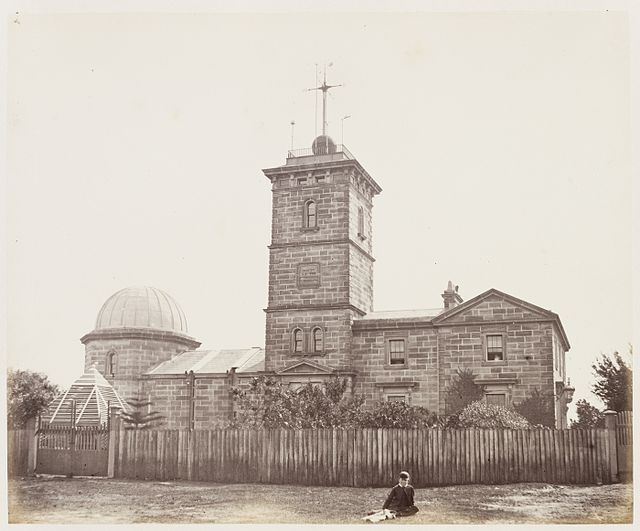The Book of Fixed Stars is an astronomical text written by Abd al-Rahman al-Sufi (Azophi) around 964. Following the translation movement in the 9th century AD, the book was written in Arabic, the common language for scholars across the vast Islamic territories, although the author himself was Persian. It was an attempt to create a synthesis of the comprehensive star catalogue in Ptolemy’s Almagest with the indigenous Arabic astronomical traditions on the constellations. The original manuscript no longer survives as an autograph, however, the importance of tradition and the practice of diligence central to Islamic manuscript tradition have ensured the survival of the Book of Stars in later-made copies.
Two pages from an Iraqi 12th-century manuscript of the Book of Fixed Stars in the Museum of Islamic Art, Doha.
Book of Fixed Stars (Kitāb suwar al-kawākib al-ṯābita), by ‛Abd al-Rahman ibn ‛Umar al-Ṣūfī, dated 1125 CE, Baghdad (controled by the Seljuks from 1055 to 1135). Doha Museum of Islamic Art MS 2.1998. Now thought to be the oldest surviving copy.
The Great Bear. The familiar seven stars of the "Big Dipper", recorded by Ptolemy, are visible in the rump and tail, but notice they occur as a mirror-image of what we actually see because Al Sufi provided two images of each constellation, one as we see it in the night sky and one as seen here on a celestial globe. The image is from the copy in the Bodleian Library, end of 12th century CE. (Bodleian Library MS. Marsh 144).
Orion, also as a mirror image. Copy from the Bodleian Library, end of 12th century CE. (Bodleian Library MS. Marsh 144).
Astronomy is a natural science that studies celestial objects and the phenomena that occur in the cosmos. It uses mathematics, physics, and chemistry in order to explain their origin and their overall evolution. Objects of interest include planets, moons, stars, nebulae, galaxies, meteoroids, asteroids, and comets. Relevant phenomena include supernova explosions, gamma ray bursts, quasars, blazars, pulsars, and cosmic microwave background radiation. More generally, astronomy studies everything that originates beyond Earth's atmosphere. Cosmology is a branch of astronomy that studies the universe as a whole.
The Paranal Observatory of European Southern Observatory shooting a laser guide star to the Galactic Center
Astronomical Observatory, New South Wales, Australia 1873
19th-century Quito Astronomical Observatory is located 12 minutes south of the Equator in Quito, Ecuador.
The Suryaprajnaptisūtra, a 6th-century BC astronomy text of Jains at The Schoyen Collection, London. Above: its manuscript from c. 1500 AD.








